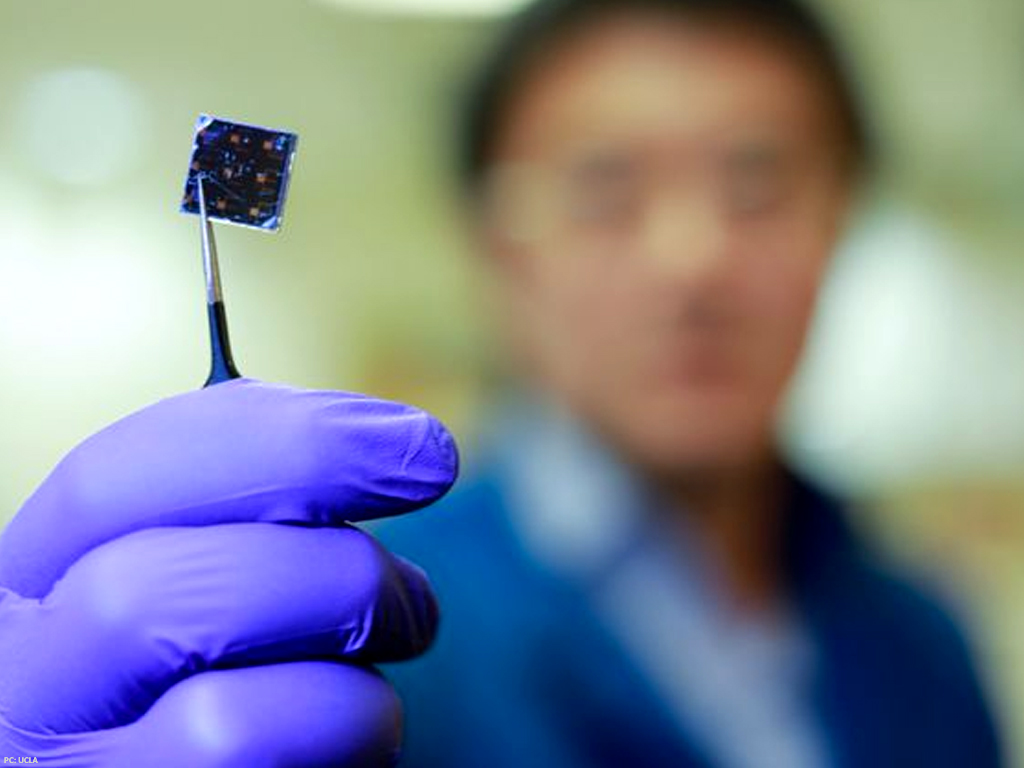Scientists create dual-layer solar cell more efficient than typical solar panels

Solar panels are gaining a lot of popularity now. Researchers have developed a new kind of thin-film solar cell that is even more efficient than the typical solar panels.
Scientists from the UCLA Samueli School of Engineering have created a greatly efficient thin-film solar cell that generates more energy from sunlight than the usual solar panels, all because of its double-layer design.
As explained by UCLA, the device was created by spraying a thin layer of perovskite, a cheap compound of lead and iodine that is very efficient at capturing energy from sunlight, onto a commercially available solar cell. The solar cell at the bottom layer of the device was created out a compound of copper, indium, gallium and selenide (CIGS).
Researchers develop transparent solar panels
The cell’s CIGS base layer is about two-thousandths of a millimeter thick and absorbs sunlight and generates energy at a rate of 18.7% efficiency on its own. But, the addition of the one-thousandths of a millimeter thick perovskite layer further advances its efficiency rate.
The two layers are joined by a nanoscale interface designed by the researches. The interface helps in providing the device with a higher voltage, thus increasing the amount of power it exports. The entire things sits on a glass substrate that is around 2 millimeters thick, wrote Science Daily.
The cell converts record breaking 22.4% of sun’s energy in power generation efficiency, as compared of the previous record of 10.9% made by a group at IBM’s Thomas J. Watson Research Center. “Our technology boosted the existing CIGS solar cell performance by nearly 20% from its original performance. That means a 20% reduction in energy costs,” said lead researcher Yang Yang.
“With our tandem solar cell design, we’re drawing energy from two distinct parts of the solar spectrum over the same device area. This increases the amount of energy generated from sunlight compared to the CIGS layer alone,” Yang said.
Yang informed that this technique of spraying on a layer of perovskite can be easily and inexpensively integrated into today’s solar-cell manufacturing processes. He continued that devices using the two-layer design can ultimately reach 30% power conversion efficiency, which will be the team’s next goal. The study was published in the journal Science.
